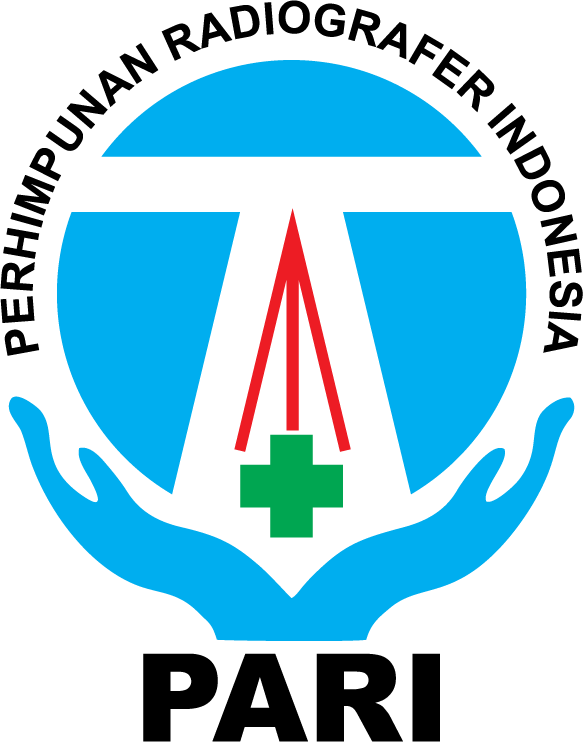ANTI RADIATION BUILDING DESIGN: LOCAL SAND TYPE ANALYSIS TO GET CONCRETE X-RADIATION RESISTANT X-RAY
Abstract
Background : There are three ways to protect yourself from the danger of radiation, namely by regulating the length of irradiation (the effect of time), the use of anti-radiation material (shielding), and adjusting the distance from the radiation source (distance). In order to be safe in carrying out x-ray irradiation, patients and operators must take three steps so that radiation hazards can be minimized (Nunung, 2004). One way to check the danger of external radiation is to use a radiation barrier. This method is generally preferred, because it creates safe working conditions. Besides that the time and distance factors can be monitored continuously at the time of work, so that radiation workers can be guaranteed safety.
Methods: This research is quantitative research with an experimental approach. The method of data collection in this study is observation, direct experiments and documentation. The types of sand to be used in this study are south beach sand, opaque sand, progo sand, white mountain sand and volcanic sand.
Result : Concrete using sand material from South Beach has the lowest HVL value of 0.8644cm.
Conclusion :The HVL value possessed by concrete with South Beach sand material is most effective in resisting x-ray radiation.Keywords
Full Text:
PDFReferences
A, Aziz Alimul Hidayat. 2007. Metode Penelitian Kebidanan Teknik Analisa Data. Jakarta: Salemba Medika.
BAPETEN. 2005. Petugas Proteksi Radiasi. Jakarta.
BAPETEN. 2012. Keselamatan Radiasi dalam Kedokteran Nuklir. Jakarta.
BATAN. 2007. Buku Panduan Pusat Pendidikan dan Penelitian Petugas Proteksi Radiasi. Jakarta.
Bhushong, S.C. 2001. Radiologic Sciene for Technologists Phisics, Biology and Protection. St.Louis : Mosby.
Dumyati, Ahmad. 2015. Analisis Penggunaan Pasir Pantai Sampur Sebagai Agregat Halus Terhadap Kuat Tekan Beton. Bangka Belitung : Jurnal Fropil.
IAEA Safety series no.75-INSAG-3. 1988. Basic Safety Principles for Neuclear Power Plant. IAEA.
Indrati, Rini, dkk. 2017. Proteksi Radiasi Bidang Radiodiagnostik dan Intervensional. Magelang : Inti Medika Pustaka.
Mulyono, Tri. 2003. Teknologi Beton. Yogyakarta : Penerbit ANDI.
Nugraha, Paul. 2007. Teknologi Beton dan Material, Pembuatan, Beton Kinerja Tinggi. Yogyakarta : Penerbit ANDI.
Nunung, Prabaningrum. 2004. Dasar Pengetahuan Proteksi Radiasi. Yogyakarta : Universitas Gadjah Mada.
Setiyawan, Iwan. 2015. Penentuan Nilai Koefisien Serapan Bahan Pada Besi, Tembaga dan Stainless Steel Sebagai Bahan Perisai Radiasi. Semarang : Youngster Physics Journal.
Strang, J.G, 2007. Body CT Secret . Library of Congress Cataloging in Publication Data : Mosby.
Syahriar Rasad. 2005. Radiologi Diagnostik Edisi ke Dua. Jakarta : Balai Penerbit FKUI
DOI: https://doi.org/10.31983/jimed.v5i1.4001
Article Metrics
Refbacks
- There are currently no refbacks.
JURNAL IMEJING DIAGNOSTIK by http://ejournal.poltekkes-smg.ac.id/ojs/index.php/jimed is licensed under a Creative Commons Attribution-ShareAlike 4.0 International License.

.png)
.png)
.png)
.png)
.png)
.png)
.png)











